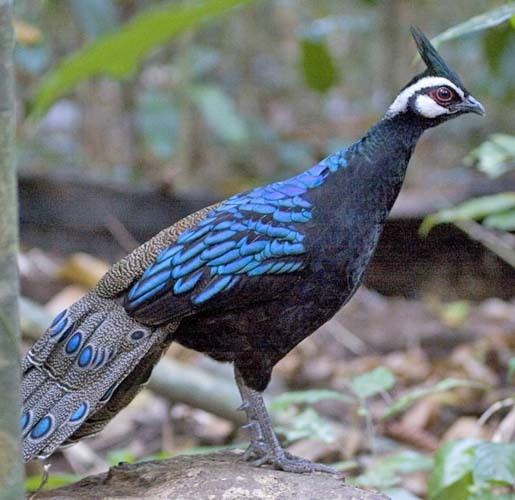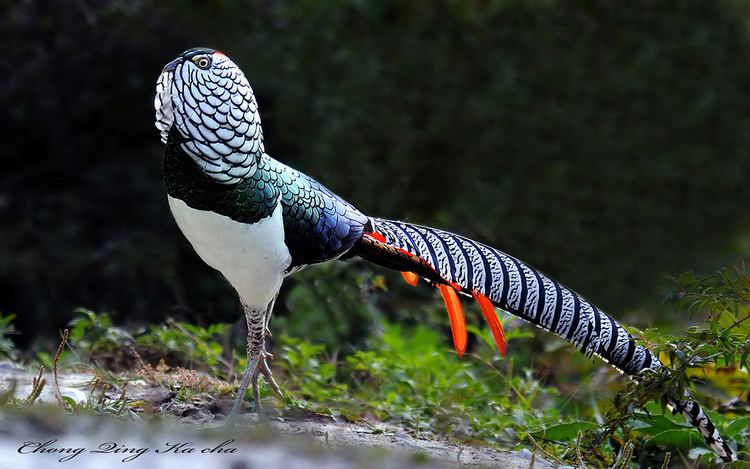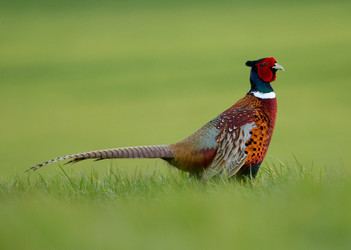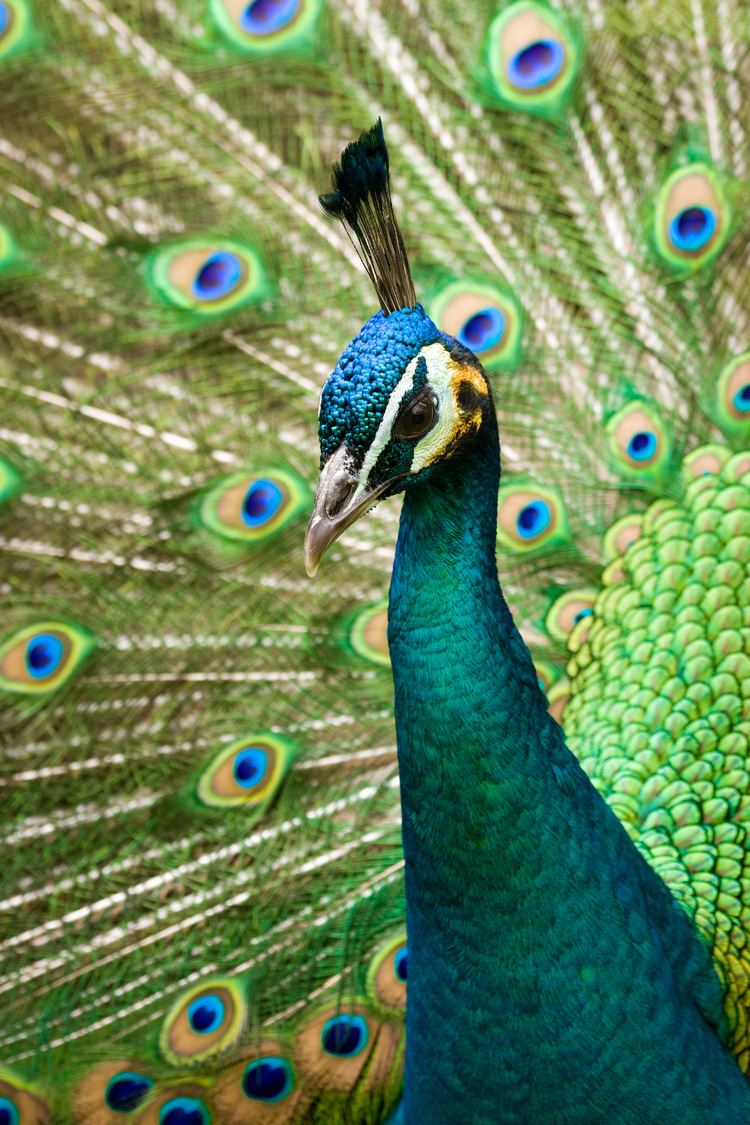Superfamily Phasianoidea | Scientific name Phasianidae | |
 | ||
Family PhasianidaeHorsfield, 1821 Length Ring-necked Pheasant: 60 – 89 cm Lower classifications | ||
Massive game bird himalayan snowcock ptarmigan like high altitude phasianidae
The Phasianidae are a family of heavy, groundliving birds which includes pheasants, partridges, junglefowl, chickens, Old World quail, and peafowl. The family includes many of the most popular gamebirds. The family is a large one, and is occasionally broken up into two subfamilies, the Phasianinae, and the Perdicinae. Sometimes, additional families and birds are treated as part of this family. For example, the American Ornithologists' Union includes Tetraonidae (grouse), Numididae (guineafowl), and Meleagrididae (turkeys) as subfamilies in Phasianidae.
Contents
- Massive game bird himalayan snowcock ptarmigan like high altitude phasianidae
- The story of the phasianidae
- Description
- Distribution and habitat
- Behaviour and ecology
- Relationship with humans
- Systematics and evolution
- Phylogeny
- References
The story of the phasianidae
Description

Phasianids are terrestrial. They range in weight from 43 g (1.5 oz) in the case of the king quail to 6 kg (13 lb) in the case of the Indian peafowl. If turkeys are included, rather than classified as a separate family, then the considerably heavier wild turkey reaches a maximum weight of more than 17 kg (37 lb). Length in this taxonomic family can vary from 12.5 cm (4.9 in) in the king quail up to 300 cm (120 in) (including elongated tail streamers) in green peafowl, thus they beat even the true parrots in length diversity within a family of birds. There is generally sexual dimorphism in size, with males tending to be larger than females. They are generally plump, with broad relatively short wings and strong legs. Many have a spur on their legs, a feature shared only with guineafowl and turkeys. The bill is short and generally strong, particularly in species that dig for food. Males of the larger species often have brightly coloured plumage as well as facial ornaments such as wattles or crests.
Distribution and habitat

Phasianidae is mostly an Old World family, with a distribution that includes most of Europe and Asia (except the far north), all of Africa except the driest deserts and down into much of eastern Australia and (formerly) New Zealand. Meleagridinae (turkeys) are native to the New World, while Tetraoninae (grouse) are circumpolar. The greatest diversity of species is in Southeast Asia and Africa. The Congo peacock is specific to the African Congo. The subfamily Perdicinae has a much more widespread distribution. Within their range they occupy almost every available habitat except for the boreal forests and tundra.

The family is generally sedentary and resident, although some quails undertake long migrations. Several species in the family have been widely introduced around the world, particularly pheasants which have been introduced to Europe, Australia and the Americas, specifically for hunting purposes. Captive populations of peacocks and chickens have also escaped (or been released) and become feral.
Behaviour and ecology
The pheasants and partridges have a varied diet, with foods taken ranging from purely vegetarian diets of seeds, leaves, fruits, tubers and roots, to small animals including insects, insect grubs and even small reptiles. Most species either specialise in feeding on plant matter or are predatory, although the chicks of most species are insectivorous.
In addition to the variation in diet there is a considerable amount of variation in breeding strategies among the Phasianidae. Compared to birds in general there is a large number of species that do not engage in monogamy (the typical breeding system of most birds). The francolins of Africa and some partridges are reportedly monogamous, but polygamy has been reported in the pheasants and junglefowl, some quail, and the breeding displays of peacocks have been compared to those of a lek. Nesting usually occurs on the ground; only the tragopans nest higher up in stumps of bushes. Nests can vary from mounds of vegetation to slight scrapes in the ground. As many as 18 eggs can be laid in the nest, although 7-12 is the more usual number, with smaller numbers in tropical species. Incubation is almost always performed by the female only, and lasts from 14–30 days depending on the species.
Relationship with humans
Several species of pheasant and partridge are extremely important to humans. The red junglefowl of Southeast Asia is the wild ancestor of the domesticated chicken, the most important bird in agriculture. Ring-necked pheasants, several partridge and quail species and some francolins have been widely introduced and managed as game birds for hunting. Several species are threatened by human activities.
Systematics and evolution
The clade Phasianidae is the largest of the branch Galliformes, comprising more than 150 species. This group includes the pheasants and partridges, junglefowl chickens, quail and peafowl. Turkeys and grouse have also been recognized as having their origins in the pheasant- and partridge-like birds.
Until the early 1990s, this family was broken up into two subfamilies: the Phasianinae, including pheasants, tragopans, junglefowls, and peafowls; and the Perdicinae, including partridges, Old World quails, and francolins. Molecular phylogenies have shown that these two subfamilies are not each monophyletic but actually constitute only one lineage with one common ancestor. For example, some partridges (genus Perdix) are more closely affiliated to pheasants, whereas Old World quails and partridges from the genus Alectoris are closer to junglefowls.
The earliest fossil records of phasianids date to the late Oligocene epoch, about 30 million years ago.
A tentative list of the subfamilies of Phasianidae was: and extinct genus assignment follows the Mikko'S Phylogeny Archive and Paleofile.com websites.
Phylogeny
Living Galliformes based on the work by John Boyd.
